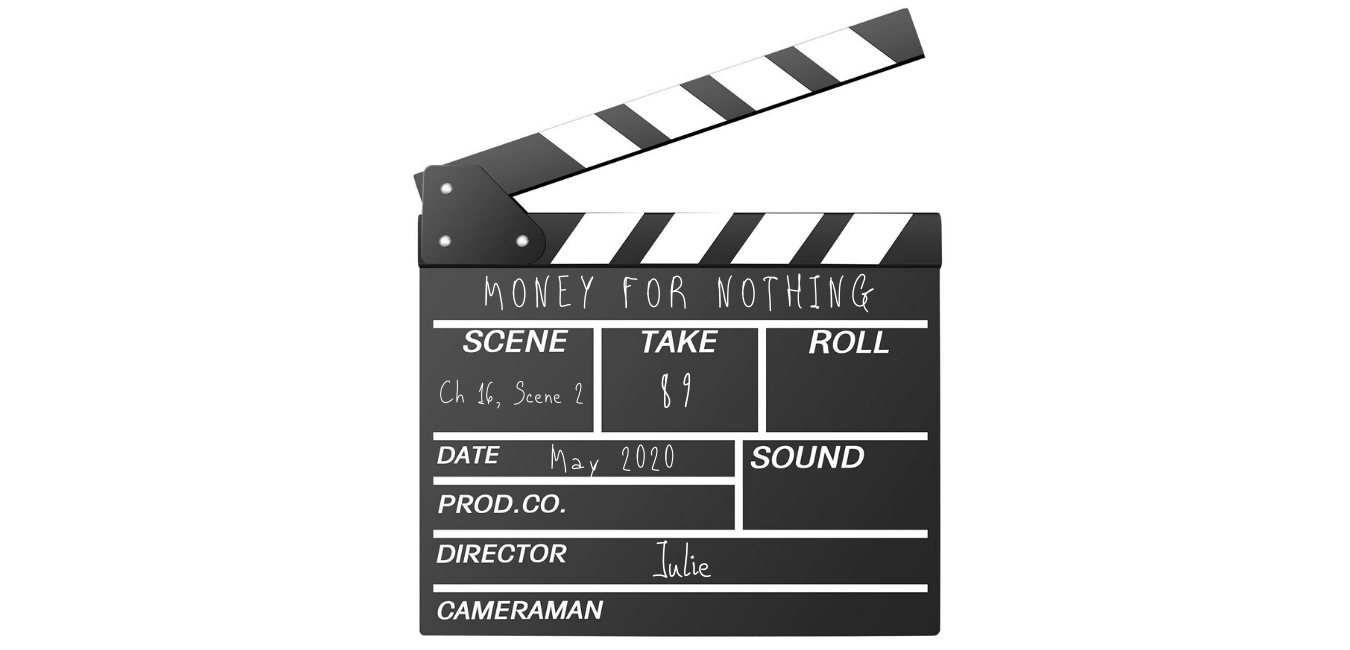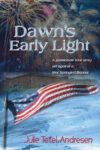Good Scenes Have Three Elements
I’m in the midst of writing Money for Nothing, the second book in my Buy Me Love Shapeshifter Series. The current scene I’m writing is giving me trouble. I need to step back and ask the question: What elements do good scenes have?
So, it’s back to basics.
Good Scenes Develop Plot
Every scene has to move the plot forward. Otherwise it shouldn’t exist. Who needs to read about two people sitting around drinking coffee and gossiping … unless there’s something pertinent about the gossip? And the coffee, for that matter – or even the particular place where they’re drinking it.
The scene currently giving me trouble is in Chapter 16. As I’ve said, I’m a good way into the story. It’s a reprise of a scene in a meeting room in the Orlando Police Department headquarters. I’ve already set two scenes in that room, one in Chapter 8 and one in Chapter 14. And they both worked (at least, as far as I’m concerned).
So why not use it again, especially since I already have it firmly in mind?
Because I can’t seem to make anything anyone does or says in the scene matter.
Point: A setting is just that: a setting. Plot prevails over setting.
I had my narrative strategy backwards.
Scrap that setting and find a new one to valorize the plot.
Good Scenes Deepen Relationships
My story involves werepanthers. Their native territory is the Everglades. For perfectly good plot reasons, my hero and heroine, both werepanthers, are in Orlando.

In the real world Florida panthers are highly endangered. In my fictional world werepanthers are thriving
At the end of Chapter 15 my two main characters have shifted from their human forms into their panthers. They’ve gone on a good nighttime run around Leu Gardens, a botanical preserve in Orlando I’ve always loved. And I loved writing that scene. Lots of action. Lots of sexual tension.
So in the next chapter on the next day I put them sitting across the table from one another in the police department meeting room? No wonder the scene wasn’t working!
Bo-o-o-ring.
Point: Once you’ve started inflating a relationship balloon, don’t let the air out.
I’m now reimagining the next scene with the two of them together. It has to one-up the dynamics of the relationship I established for them in the previous chapter. And, oh yes, further the plot.
Good Scenes Have Atmosphere
This element is the equivalent of saying that good restaurants have ambiance. What the heck is ambience? No one can describe. Everyone can feel it.
Atmosphere may refer to an emotional valence. Scenes in romcoms tend to be lighthearted. Those in horror novels tend to produce creepy-crawly sensations.
Or atmosphere may refer to establishing backstory.
While my panthers were sprinting around Leu Gardens in Chapter 15 I figured this was the moment to account for the existence of this species. And, in order to do so, I had to first the create the atmosphere of the Everglades. So I wrote a passage describing the dreamy coming-into-existence of this strange paradise.
I was inspired in part, by Wendell Minor’s illustrations for Everglades by Jean Craighead George. Here’s one:

Everglades is a children’s book. I happily read it – along with many other books – to get a sense of the atmosphere of this amazing eco-system.
Point: Illustrated children’s books are potential treasures for those of us who write for grown-ups.
Only after establishing this unique atmosphere could I bring humans into the picture and then explain the origins of werepanthers. I waited until mid-book to make this deep-time backstory dive.
Good Scenes: The End
All that’s left is for Tobias Funke, a character from Arrested Development, to take us home. As he says at the end of his audition for a TV commercial:
See also: Creating a Scene … in a Good Way
Categorised in: Blog, Writing, Writing Tips
This post was written by Julie Tetel Andresen
You may also like these stories:
- google+
- comment



